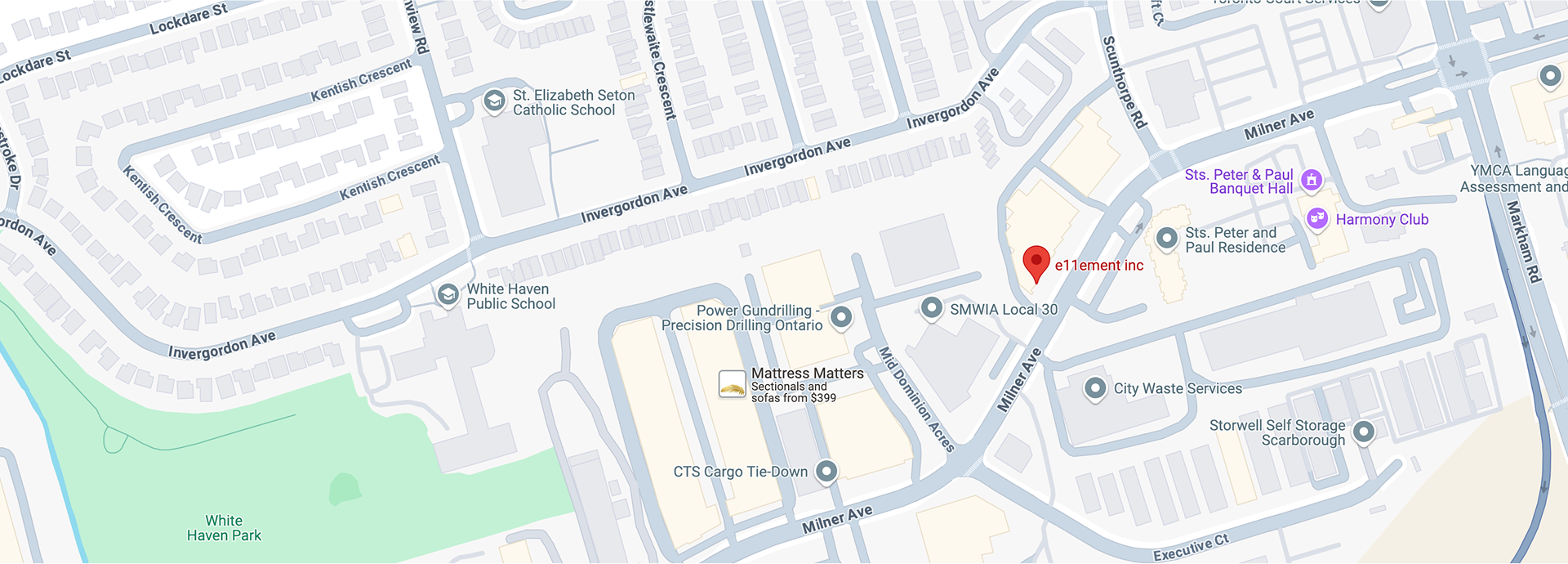In the pursuit of flawless skin, the beauty industry is constantly evolving, introducing new ingredients and techniques to achieve that coveted glow. One such ingredient that has been gaining attention for its transformative properties is hypochlorous acid. In this article, we will delve deep into the science behind hypochlorous acid and explore how it can effectively address common skin concerns, from redness to radiance.

What is Hypochlorous Acid?
Hypochlorous acid (HOCl) is a naturally occurring molecule that is produced by the human body's immune system to combat pathogens and promote healing. It is a powerful oxidant that has been widely used for its antimicrobial properties in various fields, including medicine and sanitation.
The Science Behind Hypochlorous Acid:
Hypochlorous acid works by disrupting the cell membranes of bacteria, viruses, and other harmful microorganisms, leading to their destruction. Additionally, it has anti-inflammatory properties that help reduce redness and irritation in the skin. Its ability to promote wound healing and tissue repair makes it an ideal ingredient for skincare formulations.
Addressing Skin Concerns with Hypochlorous Acid:
Redness and Inflammation:
Hypochlorous acid's anti-inflammatory properties make it an effective solution for reducing redness and inflammation associated with skin conditions such as acne, rosacea, and eczema. By calming irritated skin and soothing redness, it helps restore the skin's natural balance and promote a clearer complexion.
Acne Treatment:
Acne is a common skin condition characterized by the presence of pimples, blackheads, and whiteheads. Hypochlorous acid helps combat acne by killing acne-causing bacteria on the skin's surface and reducing inflammation. Its gentle yet effective action makes it suitable for all skin types, including sensitive skin.
Wound Healing:
Whether it's a minor cut, scrape, or insect bite, hypochlorous acid accelerates the wound healing process by promoting cell regeneration and reducing the risk of infection. It also helps minimize scarring, leaving the skin looking smoother and healthier.
Incorporating Hypochlorous Acid into Your Skincare Routine:
Now that we understand the benefits of hypochlorous acid, let's explore how you can incorporate it into your daily skincare routine for maximum efficacy.
- Cleansing:
Start by cleansing your skin with a gentle, pH-balanced cleanser that contains hypochlorous acid. This will help remove impurities and excess oil from the skin's surface while maintaining its natural moisture barrier.
- Toning:
Follow up with a toner that contains hypochlorous acid to further soothe and balance the skin. This step helps prepare the skin for better absorption of subsequent skincare products.
- Treatment:
Incorporate a serum or treatment containing hypochlorous acid into your routine to target specific skin concerns, such as redness, inflammation, or acne. Apply it evenly onto cleansed skin, focusing on areas of concern, and gently massage until absorbed.
- Moisturizing:
Finish off your skincare routine with a moisturizer that contains hypochlorous acid to lock in hydration and provide long-lasting nourishment to the skin. Choose a lightweight formula that won't clog pores and is suitable for your skin type.
Conclusion:
In conclusion, hypochlorous acid is a game-changer in the world of skincare, offering a multitude of benefits for achieving flawless, healthy-looking skin. From reducing redness and inflammation to promoting wound healing and tissue repair, its powerful yet gentle action makes it suitable for all skin types. By incorporating hypochlorous acid into your daily skincare routine, you can unlock the secret to radiant, glowing skin that you've always dreamed of.























